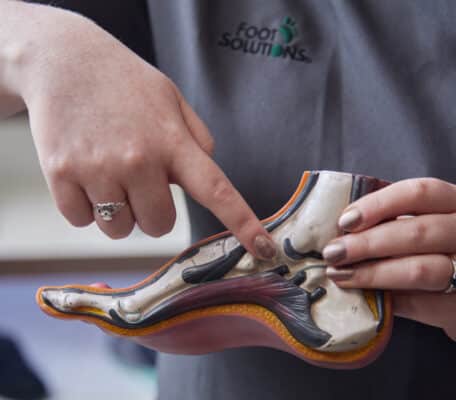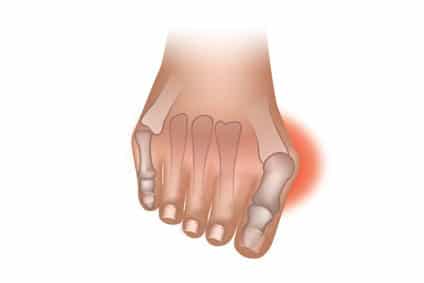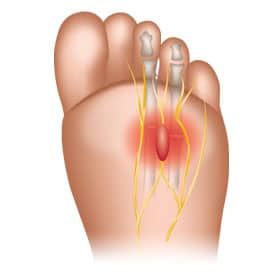Plantar fasciitis is a medical condition in which the plantar fascia becomes inflamed. The plantar fascia is the band of tissue that runs along the bottom of the foot and connects the heels to the toes; it is what forms the arch of the foot. The pain associated with plantar fasciitis tends to be worst when you first get up in the morning or after any extended period of rest.
If you have plantar fasciitis, it may seem like it would be impossible to exercise without experiencing pain. However, there are ways that you can exercise without suffering. In fact, exercise is good for plantar fasciitis, particularly if weight gain has contributed to your development of plantar fasciitis. Read on to learn more about the best exercise strategies for people with plantar fasciitis.
- Before you get started, make sure that you are wearing supportive shoes. If you have plantar fasciitis, it may be beneficial for you to wear orthotic devices (custom arch supports) with your exercise shoes. These devices are custom made to fit your feet and provide extra support to the arch of the foot. Talk to your doctor about whether orthotic devices could be beneficial for you.
- Avoid high impact activities. If you are having an acute flare-up of plantar fasciitis symptoms, then it is best to avoid high impact activities like running or jumping that will put more strain on the already inflamed plantar fascia. Instead, opt for gentler exercises, such as cycling, swimming, or yoga.
- Start by stretching. If you are having pain, try stretching the feet gently. Wrap a towel around the bottom of your foot and stretch your leg out in front of you. Gently pull on the towel to stretch the plantar fascia, and hold that position for about 30 seconds. Repeat three times on each side.
- Stretch the calf by standing within arm’s reach of a wall or countertop. Place your hands against the wall, and bring one leg slightly forward while stretching the other leg out behind you. Bend the knee of the front leg, keeping your heels on the floor, until you feel a stretch in the calf of the back leg. Hold this pose for 30 seconds, and repeat three times on each side.
- Sit in a chair and fold one foot across the opposite knee. Use your hand to pull your toes backward, toward your shin, until you feel a stretch in the arch of your foot. Hold for ten seconds, and repeat on the opposite side.
- You can use a frozen bottle. Soothe sore feet by rolling a cold or frozen bottle of water under the arch of the foot while you are seated in a chair. A golf ball or tennis ball rolled under the feet is comforting, as well.
- Wear supportive shoes when you’re exercising, and even when you’re not exercising. If you wear comfortable shoes and orthotics when you exercise, that’s great – but you’re only halfway there. You should wear supportive shoes all the time. If you wear flip-flops (or any other non-supportive shoe) the rest of the day, then you are setting back the healing process. Give your feet the support that they need all the time.
You can continue to exercise with plantar fasciitis, as long as you are careful about how you do it. For more help in preparing to exercise with plantar fasciitis, visit Foot Solutions UK. We can help you find comfortable, supportive shoes and even fit you for custom arch supports to wear inside your shoes and give your arches the support that they need.










